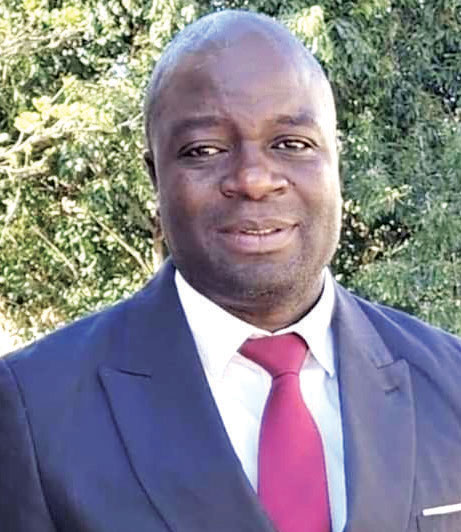
Stabilizing Malawi’s Economy: The Key to Igniting Sustainable Growth and Prosperity
Key Business Points
- The Malawi government’s post-ECF economic reform strategy, anchored on the Homegrown Macroeconomic Reform Programme (HMRP), prioritizes structural transformation through enhanced productivity, fiscal discipline, and domestic resource mobilization.
- The ATM (Agriculture, Tourism, Mining and Manufacturing) Strategy is expected to accelerate gross domestic product (GDP) growth to around 6 percent annually between 2025-26 to 2029-30, creating over one million jobs across value chains.
- The government is implementing the Domestic Resource Mobilisation Strategy (2023-28), focusing on expanding and strengthening domestic revenue collection through tax and non-tax sources, to improve expenditure efficiency and governance.
The Malawi government has been drawing an alternative reform strategy following the automatic termination of the $175 million Extended Credit Facility (ECF) programme with the International Monetary Fund (IMF) in May this year. The Homegrown Macroeconomic Reform Programme (HMRP) prioritizes structural transformation through enhanced productivity, fiscal discipline, exchange rate management, and domestic resource mobilization. The ATM (Agriculture, Tourism, Mining and Manufacturing) Strategy forms the backbone of this approach, serving as a targeted, investment-driven framework to unlock growth potential, expand exports, and create jobs.
Secretary to the Treasury, Betchani Tchereni, highlighted that the government is focusing on increasing productivity to contain supply-side pressure, while also improving macroeconomic stability, building foreign reserves, and restoring investor confidence through transparent, coordinated policy measures. The ECF programme had a positive impact, with traditional development partners showing intent to channel resources through direct budget support. The government is continuing close engagement with these partners to sustain this confidence, ensuring fiscal prudence and transparent budget execution to preserve credibility.
The government is implementing a package of fiscal consolidation measures, including tax reforms to broaden the base and enhance revenue, debt restructuring negotiations to ease interest pressures, and public investment reprioritization to focus on productive sectors. Discussions are ongoing with the IMF to ensure an arrangement that aligns with the evolving priorities of the government’s homegrown macroeconomic framework.
To fund enhanced production, the government has allocated almost K750 billion and K578.6 billion to key sectors, mainly the ATMM Strategy, and development, respectively, which will be domestically financed. Various initiatives are being implemented to ease supply-side bottlenecks and moderate inflationary pressures, including support to mega farms, agro-processing, and smart irrigation systems.
The ATMM strategy is expected to have a significant impact on growth, accelerating GDP growth to around 6 percent annually between 2025-26 to 2029-30, creating over one million jobs across value chains. The mining sector’s contribution to GDP is expected to increase from 1 percent to over 10 percent, and export diversification will significantly improve the trade balance.
The Ministry of Finance is implementing the Domestic Resource Mobilisation Strategy (2023-28), focusing on expanding and strengthening domestic revenue collection through tax and non-tax sources, while improving expenditure efficiency and governance. The government remains committed to expanding its tax base, ensuring equity and compliance through measures such as rolling out electronic tax administration (Msonkho Online) and automating non-tax revenues in key ministries.
In the short term, the government is using the approved 2025-26 budget to guide its expenditure and revenue performance. However, external and fiscal imbalances remain a concern. With continued policy discipline, debt restructuring, and investment in productive sectors, Malawi’s medium-term outlook is cautiously optimistic. The ATM Strategy and homegrown macroeconomic framework offer a credible pathway to recovery, resilience, and inclusive growth. As the Chichewa proverb goes, "Akulu akulu ndi ana, " wise leaders listen to their people," the government’s commitment to transparent policymaking, private sector engagement, and partnerships will deliver prosperity for all Malawians.
What are your thoughts on this business development? Share your insights and remember to follow us on Facebook and Twitter for the latest Malawi business news and opportunities. Visit us daily for comprehensive coverage of Malawi’s business landscape.
- Relief on the Horizon: Lower Prices Pave Way for Potential Rate Cut, Aiding Malawi’s Economic Growth - December 19, 2025
- Malawi’s Debt Burden: A Heavy Toll on Economic Growth and Business Prosperity - December 19, 2025
- Revitalizing Malawi’s Economy: Tackling the Impact of Low Wage Relief on Business Revenue - December 19, 2025
